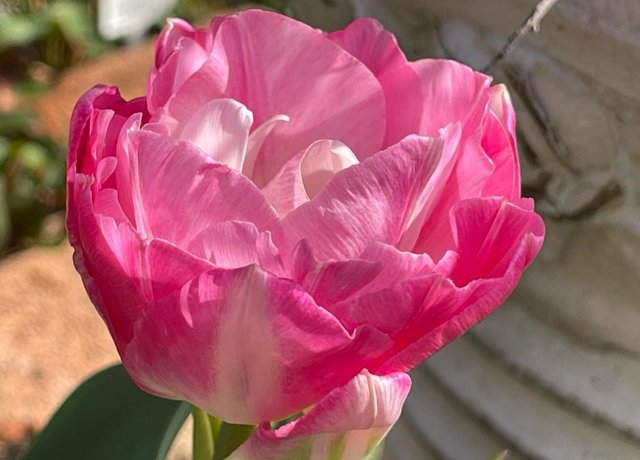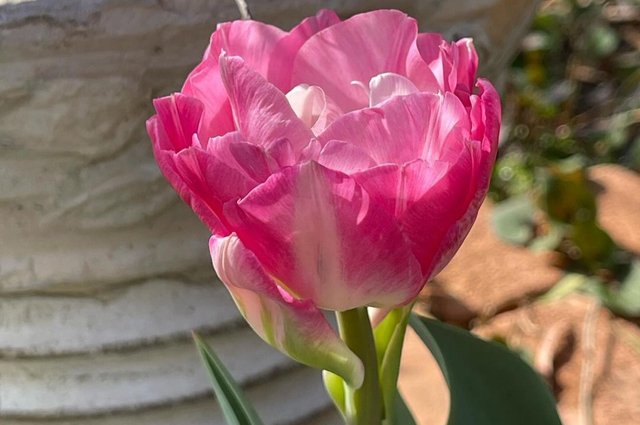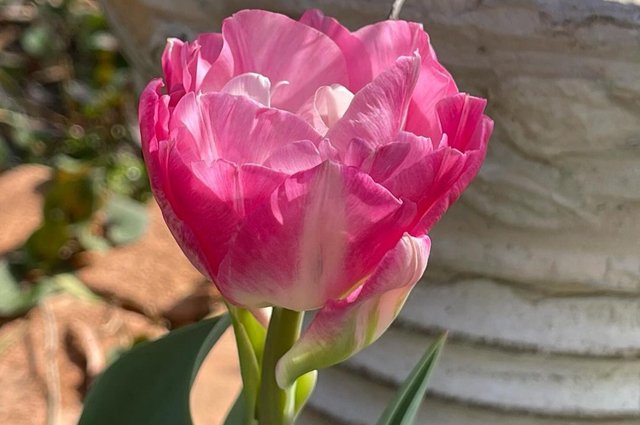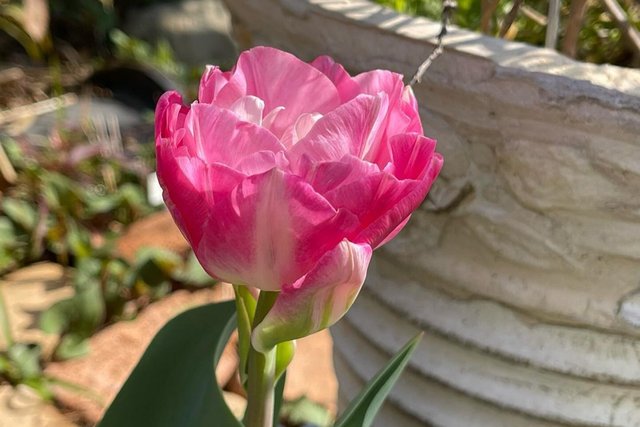The garden tulip, with its vibrant colors and elegant form, is a beloved staple in gardens around the world. Originating from the mountainous regions of Central Asia, the tulip has a rich history and cultural significance that spans centuries. This resilient flower not only adds aesthetic value to gardens but also symbolizes deep meanings in various cultures.


Tulips were first cultivated by the Ottoman Empire in the 10th century. By the 16th century, these flowers made their way to Europe, where they became immensely popular, particularly in the Netherlands. The Dutch obsession with tulips led to "Tulip Mania" in the 1630s, a period when tulip bulbs were traded for exorbitant prices, sometimes exceeding the cost of a house. Despite the economic bubble bursting, tulips remained a symbol of beauty and status.


The tulip holds various meanings in different cultures. In the Ottoman Empire, it symbolized paradise on earth. In the Netherlands, it became a national symbol of prosperity and economic success. Today, tulips are often associated with perfect love, elegance, and grace.